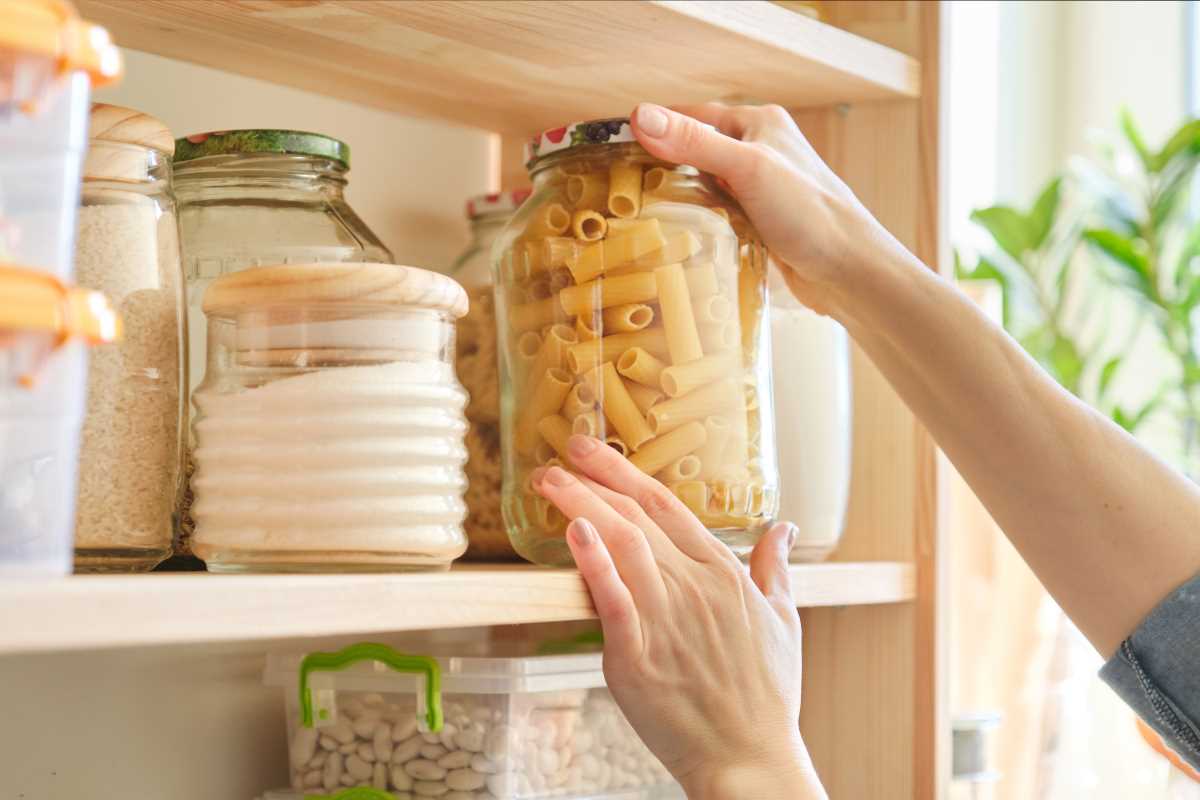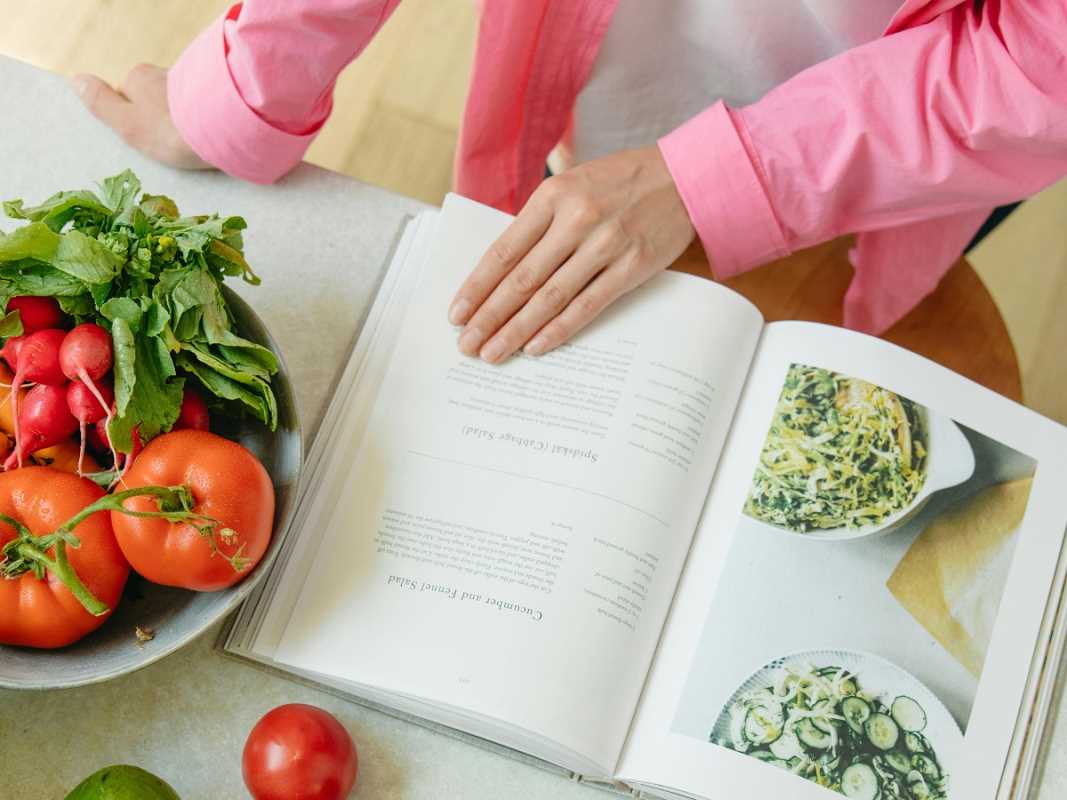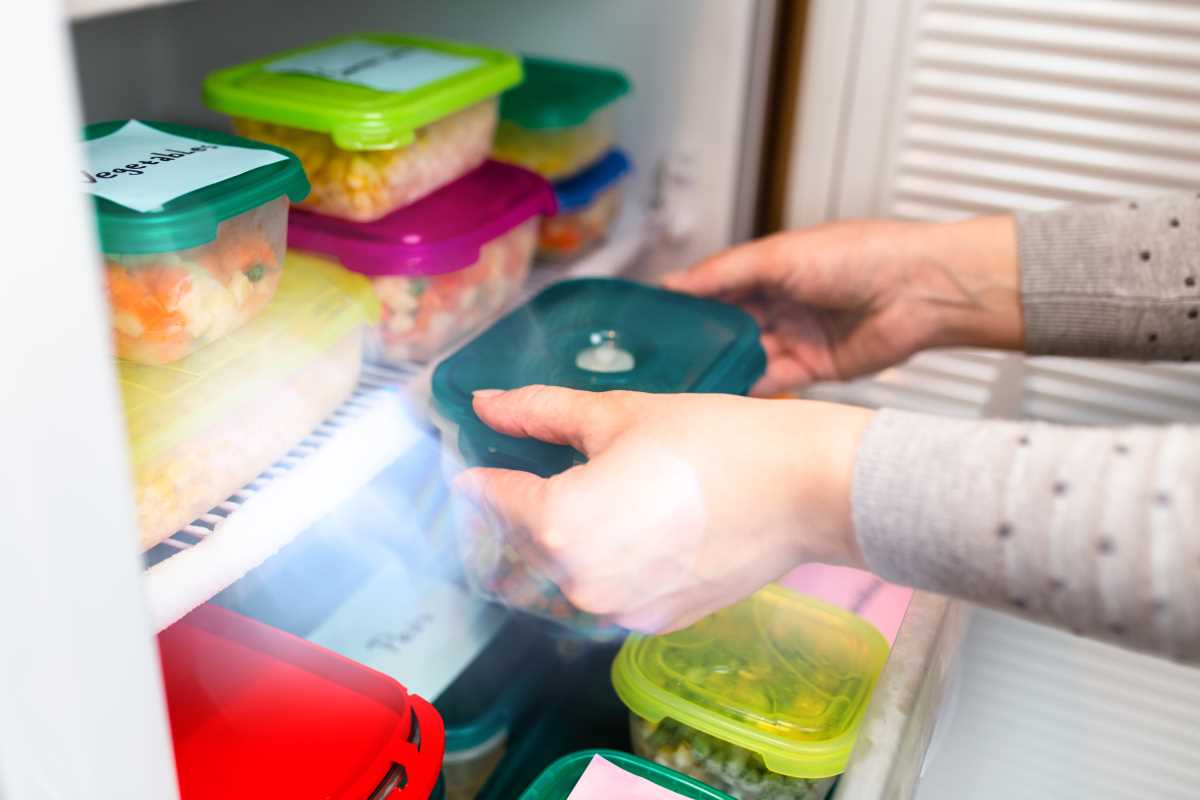Busy schedules filled with work commitments, school runs, and evening routines often leave little time or energy for elaborate meal prep, especially when the pantry appears nearly bare and the refrigerator offers only the essentials. Still, cooking a delicious dinner remains possible by making the most of simple ingredients and discovering new uses for everyday items tucked away in the kitchen. By experimenting with different combinations and seeking out subtle flavor enhancers, anyone can turn a limited selection of groceries into a meal that brings everyone to the table. Explore fresh ideas that transform humble staples into dishes everyone will remember.
Unlock flavor potential with few items
When you glance at a nearly empty pantry, you might feel stuck. This section explains why embracing constraints sparks kitchen inventiveness by turning a limited stockpile into a playground for taste experiments. You’ll see how simplicity prompts boldness with seasoning blends, unexpected pairings and repurposing leftovers.
Discover how minimalism in cooking pushes you to sharpen senses. Scent, texture and color become central as you lean on citrus zest, toasted nuts or a splash of oil to enliven even the simplest grain or legume. This mindset shift paves the way for culinary wins on nights when grocery runs are off the table.
Savvy pantry strategies
- Designate a “mix-and-match” bin with staples like rice, canned beans and oats. Arrange it near eye level so you don’t forget what’s inside. Rotate items once a month: move older cans to the front to ensure nothing expires. Tip: line the bin with a washable mat to catch crumbs and wipe clean in seconds.
- Group small jars of spices by flavor profile—warm (cumin, cinnamon), bright (citrus zest, paprika) and herbal (oregano, thyme). Use sticky labels on lids so you identify them while the lid is closed. Replace only when the aroma fades. Insider hint: quickly grind whole seeds with a mortar and pestle to revive stale powders.
- Keep a clear snap-lock bag of chopped vegetables in the freezer for sudden stir-fry or soup needs. Label it with the prep date and mix in broccoli florets, carrot slices and peppers. To use, dump directly into a hot pan, stir then cover. Frozen veggies release moisture that steams quickly into tenderness.
- Store leftover grains like quinoa or farro in single-serving mason jars. Divide by weight to streamline reheating in a bowl or skillet. Add just a teaspoon of broth or water before microwaving to plump the grains back to fresh texture. That small moisture boost revives texture without diluting flavor.
Time-smart prep techniques
- Batch-chop aromatic bases: Dice onions, garlic and ginger all at once and store in a sealed container. Every week, replenish the supply after your grocery shop. This tiny habit shaves off 5–10 minutes per meal and infuses richer taste because you always have fresh aromatics ready to go. Remember to dry the pieces thoroughly to prevent clumping.
- Double-cook proteins: Sear or roast chicken breasts early in the week, then refrigerate separated into portions. When dinner looms, slice or shred the protein, warm in a skillet with a splash of broth, and toss with quick sauces or dressing. This method adds depth from initial browning and speeds up dinner prep to under 10 minutes.
- Pre-measure sauce components: Combine soy sauce, vinegar, oil, sweetener and spices into small containers in advance. Label each mixture with its intended dish so you can pour and toss instantly without measuring tools. A tiny drizzle transforms bland bowls into flavorful meals. Keep these jars refrigerated and toss out after seven days for freshness.
Flavor boosters from the fridge
- Use a spoonful of plain yogurt as a creamy base in sauces or dips, cutting through acidity in tomatoes or heavy oils. Stir in lemon zest, a dash of hot sauce and minced herbs right before serving to capture brightness. This adds protein, tanginess and moisture in one simple step, without reaching for mayonnaise.
- Keep a jar of quick-pickle brine in the fridge: combine vinegar, sugar, salt, peppercorns and chili flakes. Drop thinly sliced cucumbers or red onions inside for at least 30 minutes. The result perks up salads, sandwiches and grain bowls, delivering crunch and acidity that balance richer toppings or proteins.
- Whisk together leftover mustard with a little olive oil and honey for an instant vinaigrette. Finely grate half an apple or carrot into the mix for natural sweetness and fiber. Store this dressing in a jar with a tight lid; shake before drizzling. It lasts four to five days and pairs well with raw vegetables or roasted sides.
Core Recipe Shortcuts
1. One-Pot Grain Bowl
Purpose: Multiple flavors, minimal cleanup.
Step-by-Step:
- Heat oil in a deep skillet.
- Toast 1 cup of mixed grains until fragrant.
- Add 2 cups of broth.
- Cover and simmer for 15–20 minutes.
Cost:
- Broth: ~$2 per quart
- Grains: <$1 per serving
Insider Tip: Stir in chopped herbs just before serving to enhance aroma and brighten color.
2. Sheet-Pan Rainbow Roast
Purpose: Hands-off cooking with easy cleanup.
Step-by-Step:
- Preheat oven to 425°F.
- Chop root vegetables and green beans.
- Toss with oil and seasoning.
- Spread on a sheet pan and roast for 20–25 minutes, flipping halfway.
- In final 2 minutes, sprinkle grated hard cheese for crispy edges.
Cost:
- Sheet pans start at ~$10 and are long-lasting.
Insider Tip: Cheese adds crunch and a savory finish.
3. Skillet Shakshuka Twist
Purpose: Quick, protein-rich one-pan meal.
Step-by-Step:
- Sauté garlic, onion, and bell pepper.
- Add canned crushed tomatoes and spices, simmer for 5 minutes.
- Crack eggs into pockets in the sauce.
- Cover and cook until egg whites set.
- (Optional) Add torn spinach at step 2 for hidden greens.
Cost:
- Canned tomatoes: < $1
Insider Tip: Great way to sneak in extra vegetables with minimal effort.
4. Stovetop Stir-Fry Fusion
Purpose: Fast and crisp meals with high heat.
Step-by-Step:
- Heat wok/skillet until almost smoking.
- Add oil and aromatics.
- Toss in thinly sliced protein.
- Add vegetables in stages.
- Season during each step.
- Add half the sauce early, the other half at the end for glossy coating.
Cost:
- ~$1.50 per portion using fresh ingredients.
Insider Tip: Split sauce for better texture and flavor layering.
5. One-Pot Pasta in Broth
Purpose: Fewer dishes, richer flavor.
Step-by-Step:
- Combine pasta, canned diced tomatoes, garlic, and broth in a saucepan.
- Bring to a simmer, stirring often.
- Cook until pasta is al dente and sauce thickens.
- Stir in kale or Swiss chard at the end to wilt.
Cost:
- Broth: $2–3
- Canned tomatoes: < $1
- Insider Tip: Cooking pasta in broth enhances flavor without extra pans.
Putting It All Together on a Busy Afternoon
When time is tight, mix batch-prepped veggies, quick grains, and flavorful dressings for a satisfying meal in minutes. Add a punch of citrus or spice to bring it to life. With a few clever hacks, even a near-empty pantry can spark fresh, creative dishes the whole family will enjoy.







